
7 minute read
Still Rollin
from Tusk Magazine 2021


Advertisement
In the midst of racial injustice and the coronavirus, roller skating made a resurgence in Venice Beach and on social media
STORY BY TRISHA VASQUEZ PHOTOS BY MICHAEL QUINTERO DESIGN BY ALYSSA NICOLE MAUN
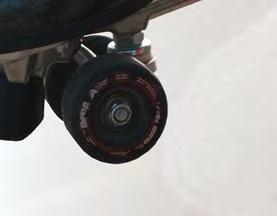
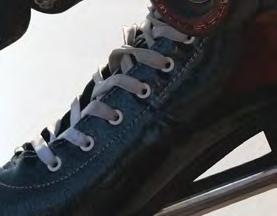
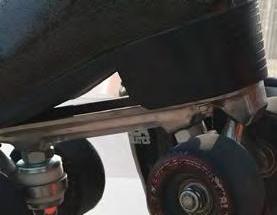
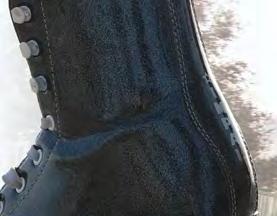
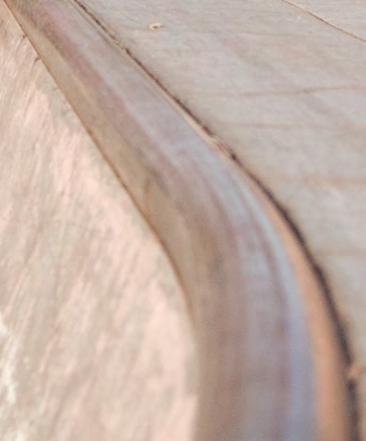
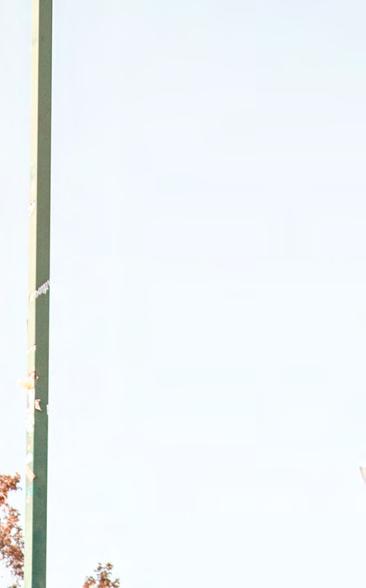


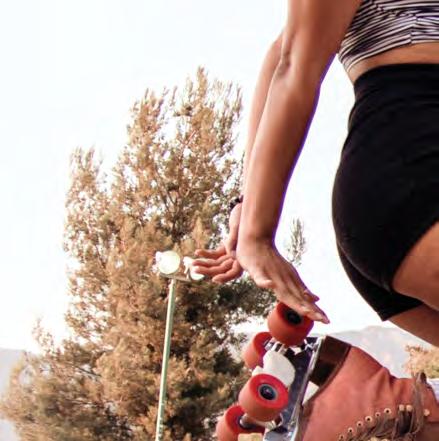


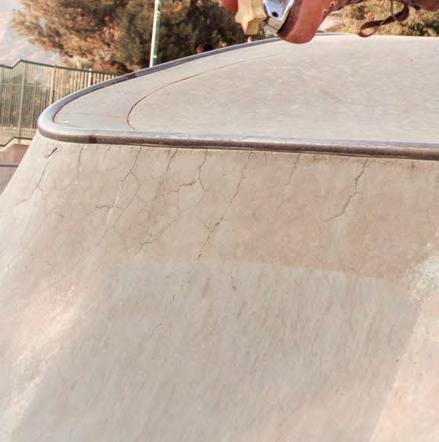
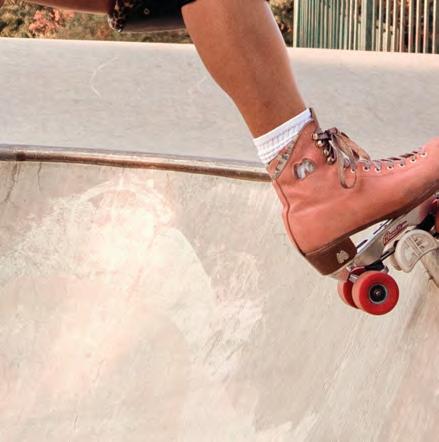

Roller skating circled back in popularity on social media when quarantine started last spring and emerged as a joyful act of resistance and community building both online and in the streets.
Through Tik Tok and Instagram, a new generation of skaters rolled into a way of taking action in social justice movements as a platform for spreading awareness and connecting folks across all social divides to strengthen unity.
Wendell Phipps, a Black L.A.-based skater with an 18k+ Instagram presence (@wd_phipps), has attended some of these peaceful protests.
“We still only have peace(ful protests), unless it is interrupted by people who do not believe in what we believe in. We are harrassed by those who are against equality for all people, and while that hurts, I feel so supported by the roller skating community and local activists,” Phipps said.
Roller skating protests have been made visible through Instagram Live and TikTok, where skaters have streamed themselves organizing. The community has a history of peaceful protesting, and as we’ve seen, history doesn’t repeat itself, but it sure does rhyme.
Roller skating rinks were the site of many peaceful protests during the Civil Rights era. But, Klu Klux Klan members began congregating outside, making the rink unsafe for Black skaters. Soon after, rinks across America began to close, according to the documentary “United Skates.”
Just as the Black cultural origins of roller skating were obscured, the racist narrative that followed roller skating rinks was as well. While roller skating can be a fun sport, it’s important to acknowledge the oppression seen in history on all scopes.
As segregation ended and racism at rinks became less prominent, the slick fl oors with bright disco ball lights and fresh grooves became peaceful, encouraging people to leave the problems of the world at the door and gleefully glide in resistance.
Today, there are not many indoor rinks left and they continue to close down. However, the classic Venice Beach spot will always be a staple for the skating community.
The tourist-fi lled boardwalk has a vibrant roller skating history. In the 1980s, Venice was the epicenter for roller skating performers. Skaters spinned on

Clockwise from left:
1. Reannan Urias, also known as @pinkberrysk8s, catches air at the Monrovia skatepark. 2. Perri Lawler laces up her skates. 3. Lawler strolls down Venice boardwalk. 4. Trisha Vasquez, also known as @smittenonskates, performs a stall at a skatepark.
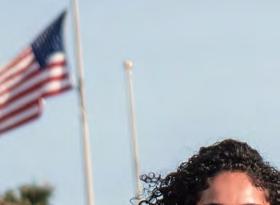



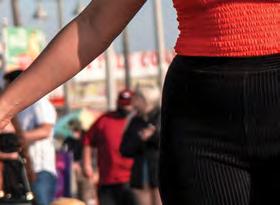

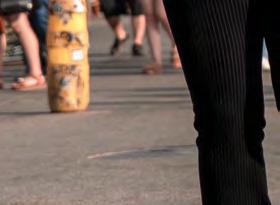
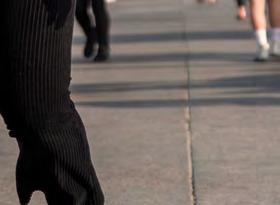

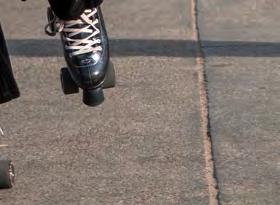



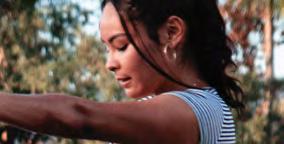




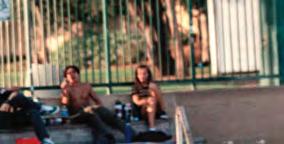
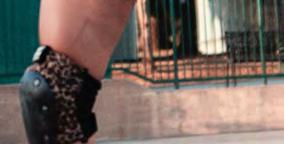
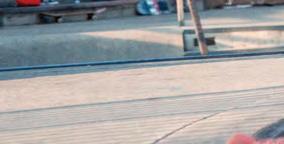

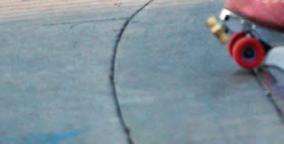
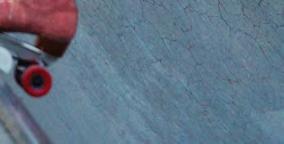

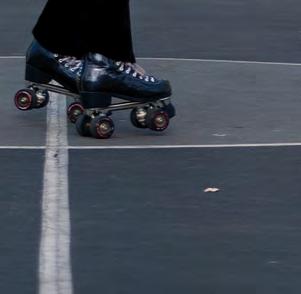
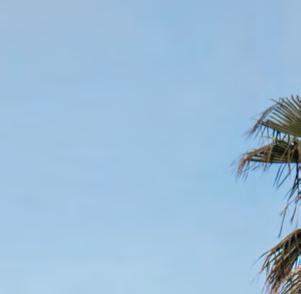



Clockwise from left: 1. Lawler skates at the Venice Beach basketball courts. 2. Urias does a trick on the bowl. 3. Lawler poses with her skates in Venice Beach. 4. Vasquez shows o her skills at the Monrovia skatepark.

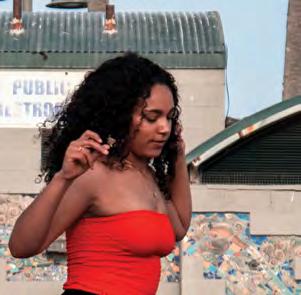

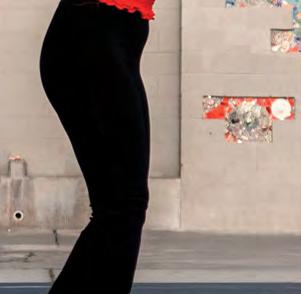



resistance and solidarity”
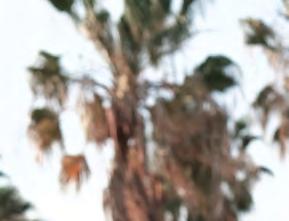
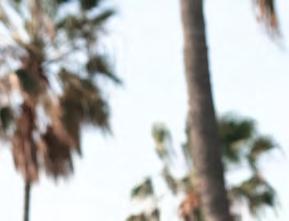
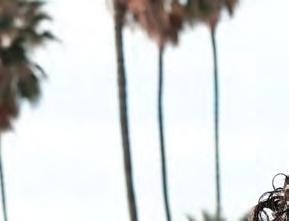

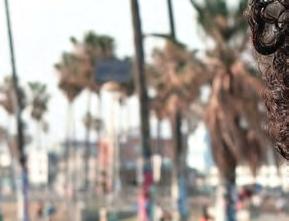
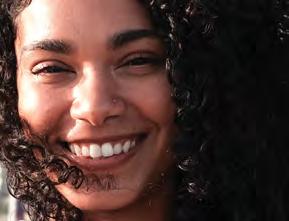
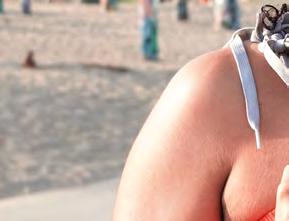
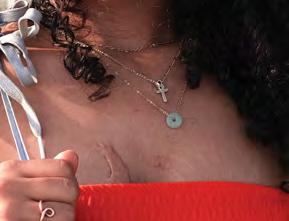
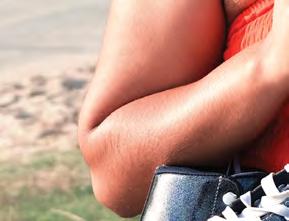
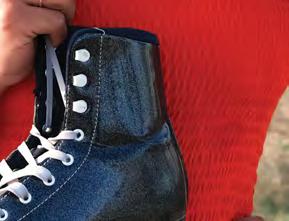
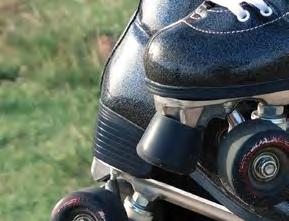


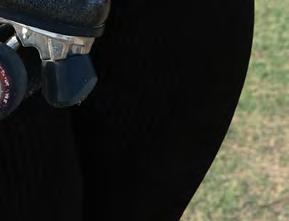
their two front wheels like ballerinas as they rolled to funky boombox beats and captivated crowds of onlookers.
The fi lm “Roller Dreams” introduces a family of skaters from Venice with a driving passion for skating.
James Rich, a skater featured in the fi lm, started rollin’ in Venice in 1981 and still skates there today. He can be found skating with a new crew that creates original choreography on skates, some of which have caught on during this online viral revival.
“Skating is changing people’s lives right now. That’s how I’ve seen it change from when I started 40 years ago. People are doing it for life now and not just fun. It’s making them stronger mentally. Physically. Emotionally. Psychologically. … It’s changing the world,” Rich said.
Since the resurgence of roller skating, dozens of skaters have linked to roll through the streets of Long Beach and Los Angeles, showing their allegiance with the Black Lives Matter and LGBTQ+ movements.
Many of these protests end with skaters of familiar and unfamiliar friends jam skating the day away as a community.
The fi ght for social justice and revival of roller skating doesn’t stop at protests. With the lack of roller rinks, the community relies on boardwalks for jam skating and skate parks for a more trick-based style.
Skater Kaitlyn Espinoza recently went viral for her videos of skating at parks, which quickly created her Instagram platform.
With such a strong presence in the online skate community, many of whom are young skaters, Espinoza decided to use her platform to express her passion for skating and fi ghting against racial injustice in Black and brown communities.
She uploads social awareness posts reminding young followers the importance of being united for the cause.
“It is important to voice what you believe in and spread awareness about current issues, especially given the privilege of a platform. I want my audience to come to my page and enjoy my roller skating, but also hope they take a piece of activism with them too,” Espinoza said.
Even though the sport is fun and trendy, roller skating has connected thousands of people to a safe and supportive community. TU SK










